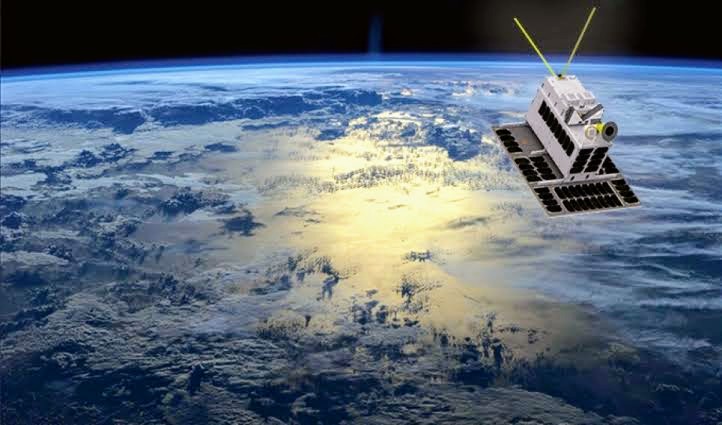Norwegian microsatellite establishes optical satellite-to-ground communications link
The NorSat-TD microsatellite, developed by Space Flight Laboratory (SFL) for the Norwegian Space Agency (NOSA), has achieved a milestone by successfully transmitting data to a ground station using advanced optical communications technology.
The achievement of NorSat-TD represents a noteworthy milestone for both the satellite’s creators and operators, marking a pioneering moment as the Dutch-built laser communication device achieves a distinctive first among microsatellites.
Leveraging optical, or laser, communications facilitates swifter and more secure transmission of extensive data sets between a satellite and ground station, surpassing the conventional capabilities of radio communications.
Ensuring the dependable delivery of data collected or relayed by satellites is crucial for a wide array of low Earth orbit applications, spanning Earth observation, telecommunications, atmospheric monitoring, maritime ship tracking, and space astronomy.
“The successful demonstration of satellite-to-ground communication by the 35-kg NorSat-TD microsatellite greatly expands the utility of affordable smaller satellites that are more cost-effective than traditional spacecraft to develop, launch, and operate,” Dr. Robert E. Zee, Director of SFL, highlighted the explained.
NorSat-TD, built by SFL & weighing just 35 kg, showcases capabilities of affordable smaller sats. The successful satellite-to-ground communication demonstration expands utility of microsats, offering cost-effective alternative to traditional spacecraft. https://t.co/NIVWkvsQ3T pic.twitter.com/f39CtZP84k
— SFL (@SFL_SmallerSats) February 3, 2024
The NorSat Technology Demonstrator (NorSat-TD) was specifically designed to demonstrate new technologies for both the Norwegian Space Agency (NSA) and the European Space Agency (ESA).
The microsatellite’s core mission, as outlined by the ESA, is to test and validate novel payloads and concepts contributed by Norway, the Netherlands, France, and Italy. Launched into low-Earth orbit in April of last year, it is expected to remain operational until approximately April 2027.
Also Read: Space flights: Russian cosmonaut breaks World Record
Two crucial optical satellite communication technologies include precise attitude control, a challenge for low-mass spacecraft, enabling the microsatellite to accurately point at the ground station as it swiftly passes overhead at 7.5 km per second. NorSat-TD integrates pioneering small satellite stability and pointing capabilities honed by SFL through numerous operational missions.
Equally crucial for optical satellite-to-ground communication is a top-notch onboard laser terminal with a precision steering mirror that securely aligns the narrow optical beam with a ground station beacon. The Small Communication Active Terminal (SmallCAT) laser system on NorSat-TD was developed by a consortium, led by TNO (The Netherlands Organization for Applied Scientific Research).
Commenting on the success of the NorSat-TD optical communications demonstration, NOSA Senior Advisor, Tyler Jones, said, “The quality of the pointing performance of SFL’s DEFIANT bus speaks for itself. NOSA is also pleased with the flexibility and problem solving that SFL demonstrated while accommodating the SmallCAT terminal in the NorSat-TD design, and working through payload evolutions with TNO.”
Launched in April 2023, NorSat-TD marked SFL’s sixth mission for Norway. Initially designed for maritime ship tracking, this demonstration microsatellite included experimental payloads for improved GPS positioning, laser-based spacecraft tracking, iodine-fueled propulsion, and the SmallCAT terminal. SFL’s upcoming NorSat-4, set for a 2024 launch, will introduce a pioneering low-light imaging sensor.


Comments are closed.